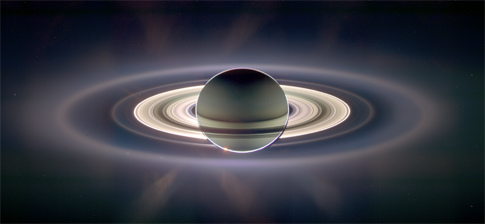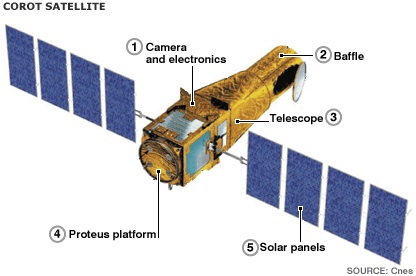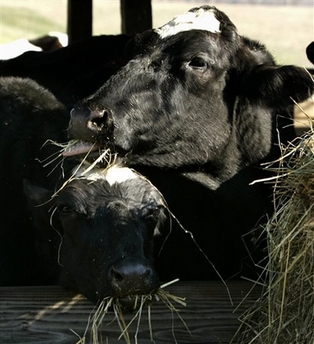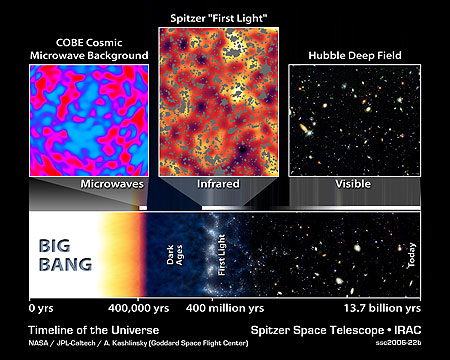200 Calories
What’s a calorie? Well, it is a unit of energy. If you take a gram of water and put some energy into it, you’ll raise its temperature (assuming it is away from its boiling point). If you succeed in raising the gram of water’s temperature by 1oC, you’ve put one calorie of energy into it.
But that’s not the calorie you probably have used in your everyday conversation. You’ve probably been talking about the Calorie. (Note the upper case C.) The Calorie, or the kilocalorie. It is 1000 times larger than the calorie of the previous paragraph. It’s the energy needed to raise the temperature of one kilogram of water by 1oC (assuming it’s not at its boiling point). That’s the Calorie you find discussed in the context of nutrition – the energy content of the food you eat.
Without further ado, let me show you what the Calories “look like”. Let’s take a reasonable number of them – 200. Each of the pictures below represents 200 Calories of a food, which you’d get from eating it. Mini peppers, gummy bears, and kiwi fruit: […] Click to continue reading this post

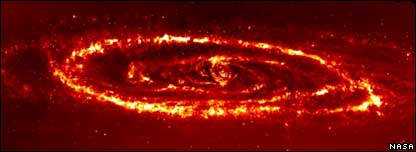 The Andromeda Galaxy is bigger than previously thought. Perhaps as much as five times bigger. I know that you’re thinking – “Oh, that’s because most of it is dark matter, right?” No, this is not another dark matter story. In fact, there are many newly discovered stars from a recent study! The suburbs of the galaxy are much more extensive than previously identified. It’s rather good news, since the galaxy makes more sense than it did before, in the context of our understanding of how galaxies form and evolve. (Image above is of Andromeda in the infra-red, from NASA.)
The Andromeda Galaxy is bigger than previously thought. Perhaps as much as five times bigger. I know that you’re thinking – “Oh, that’s because most of it is dark matter, right?” No, this is not another dark matter story. In fact, there are many newly discovered stars from a recent study! The suburbs of the galaxy are much more extensive than previously identified. It’s rather good news, since the galaxy makes more sense than it did before, in the context of our understanding of how galaxies form and evolve. (Image above is of Andromeda in the infra-red, from NASA.)

 Yes, right on schedule. The UFO story was yesterday, and today the Inventor story. It starts out with his three-way ping-pong table (of course! – and it’s called TriPong1), but before I even clicked on it I knew there’d be a “oh, and by the way, he has an alternative theory of the universe”, at the end.
Yes, right on schedule. The UFO story was yesterday, and today the Inventor story. It starts out with his three-way ping-pong table (of course! – and it’s called TriPong1), but before I even clicked on it I knew there’d be a “oh, and by the way, he has an alternative theory of the universe”, at the end. 